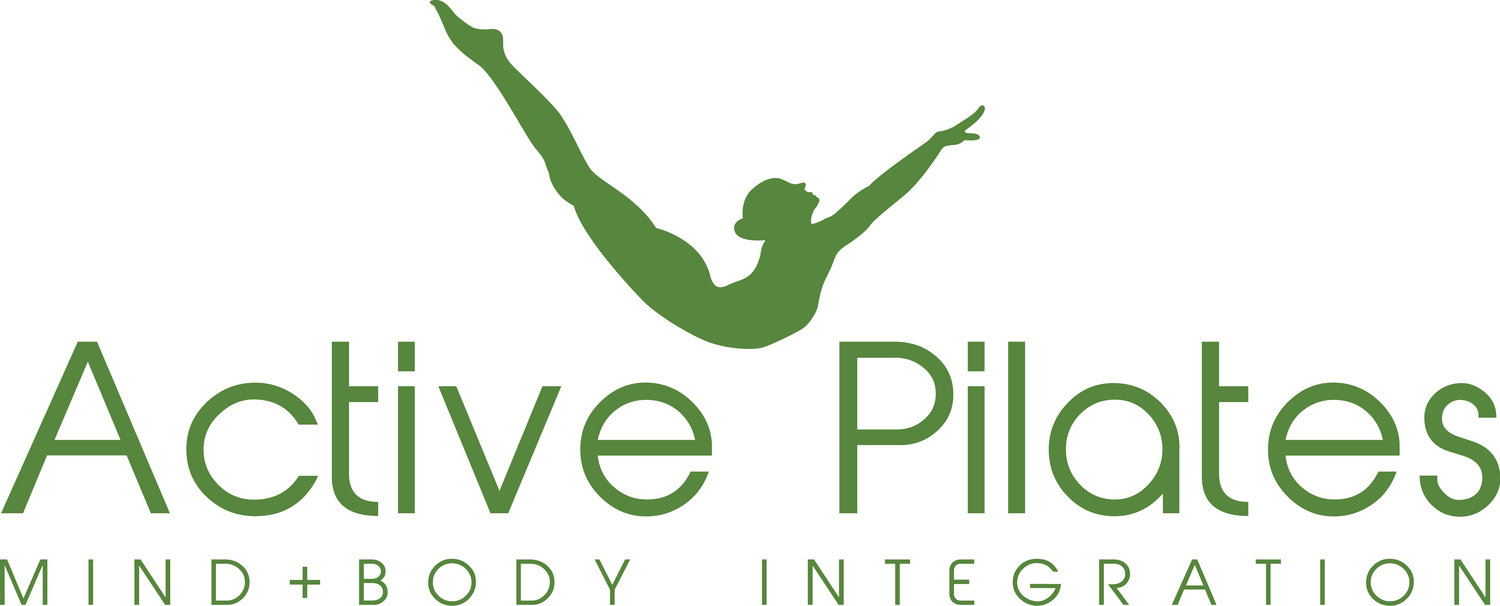How Pilates helps you safely build strong healthy bones
Start building strong healthy bones with your Pilates practice
Strong bones are important at any age. They support you as you walk, exercise, and go about your normal everyday activities.
As we get older, having strong healthy bones helps us maintain good balance and prevents injury if we do happen to fall. Of course, bone strength goes hand in hand with muscle strength, balance, and flexibility.
Your regular Pilates practice is a great way to keep strong and maintain good bone density.
What is bone density?
We have 206 bones in our body – from the smallest bone in our ear to the largest bones in our legs.
Your bones are living tissue. They respond to exercise – in particular, weight-bearing exercise.
As children, exercise helped us grow and strengthen our bones. But as we get older, our bones tend to lose strength.
This is both a natural consequence of ageing and a matter of lifestyle. For many of us, the hours we spend sitting down all day does nothing to keep our body strong.
Osteoporosis is a common problem affecting our bones
Osteoporosis is a condition where the structure of bones becomes weak and less dense than healthy bone tissue. This often leads to pain and bone breakage.
According to Healthy Bones Australia:
Over 1 million Australians have osteoporosis. In those aged 50 years and over 66% have osteoporosis or osteopenia. There are over 173,000 broken bones each year due to poor bone health.
Osteoporosis and osteopenia (low bone density) are common problems for post-menopausal women and men. So, it’s important to be diagnosed early and have a plan to keep your body strong.
Pilates is a safe exercise for people who want to build up their bone strength
Exercise is the key to maintaining strong bones.
It’s always a good idea to vary your exercise routine. Walking, running, even dancing, are great exercises.
In particular, weight-bearing exercises create an impact and help build up bone strength.
And Pilates is an excellent way to strengthen your whole body, including your bones.
If you’ve already had a diagnosis of low bone density, we recommend you first speak to your qualified Pilates instructor or physiotherapist before starting an exercise program. They’ll probably need to modify your Pilates exercises to keep you safe.
You may need to avoid or change certain movements, like spine flexion and rotation, to suit you and your body. And always remember to warm-up before any exercise session.
If you have had a bone fracture, particularly an injury to your spine, you should see medical advice before starting any exercise regime.
You might find this video from the Royal Osteoporosis Society in the UK helpful:
If you’d like to test your bone strength, here’s a quick online assessment: Test your bone health now.
I love helping people gain confidence as they build a stronger body through Pilates. Looking forward to seeing you at our next class!


